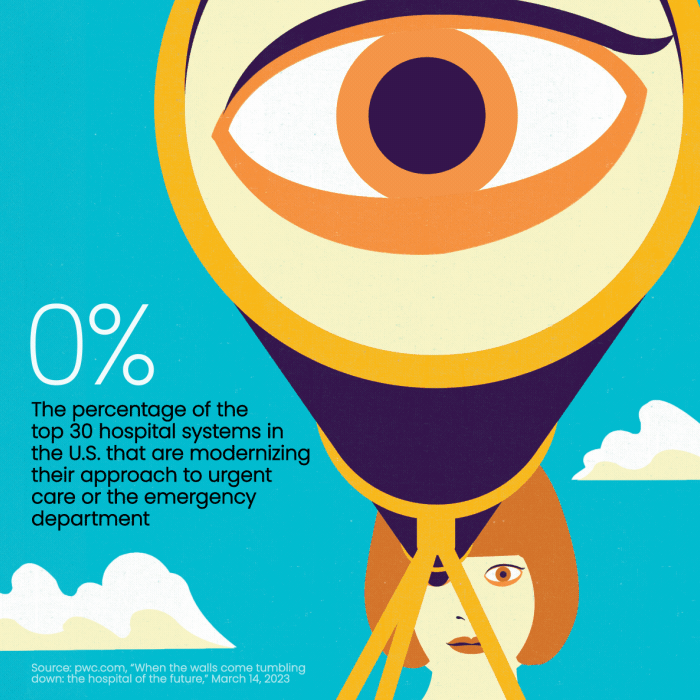A Wait-Time Predictor at Richmond University Medical Center
On New York’s Staten Island, Richmond University Medical Center has been providing emergency department wait time to patients since 2021. When the organization learned that its off-the-shelf, AI-powered solution would be sunsetting services, the IT team took on the task of creating a homegrown solution that could help estimate wait times.
“Filtering the data set and distinguishing urgent from nonurgent ED priorities was challenging,” says RUMC Vice President of IT Joseph Cuozzo.
The department’s new AI solution makes calculations based on “triggers” connected to employee actions in the hospital’s electronic health record system.
“When a patient is registered, that’s a trigger,” Cuozzo says. “When the triage is done, the physician will make an entry, and that’s another trigger. The machine learning tool starts evaluating the time difference between the point of registration to the point of the documentation and will average out each patient to give an estimated wait time.”
READ MORE: AI is the next stop on healthcare’s EHR optimization journey.
Once the AI training was complete, the transition to the new system went smoothly. “We were able to switch to the new solution within just a few hours,” he adds.
Today, Cuozzo sees opportunities for future modifications and use cases.
“Our turnkey solution wasn’t fully customizable. Now, we can add additional algorithms and manage the machine learning aspect,” he says. “In the future, we can also use it for things such as forecasting and help with staffing.”
Cuozzo is also pleased with his team’s secure approach to the solution.
“From a security standpoint, it's our data,” he says. “It’s an in-house solution that we control. Sending that information to a third party, even one that we’ve properly vetted, always has a risk.”
Transparency Leads to Less Stress at the Children’s Hospital LA
Out West, at Children’s Hospital Los Angeles, the drive behind implementing a patient-centered AI tool came from emergency department staff, says Chief Transformation and Digital Officer Omkar Kulkarni.
As one of the busiest pediatric emergency departments in the country, departmental leadership told Kulkarni that parents were getting frustrated as they waited for their child to receive care.
“Parents would keep coming up to the registration desk to ask how much longer they would need to wait,” he says. “The fact that they had no visibility around wait times was creating an elevated temperature in the waiting room.”
A colleague at a different children’s hospital suggested an AI-powered platform that was already working with another major pediatric client, which added to its appeal. “That can be challenging, because there are a lot of vendors in this space that don’t have deep experience with pediatrics, and pediatric data often behaves differently than adult data,” Kulkarni says.














